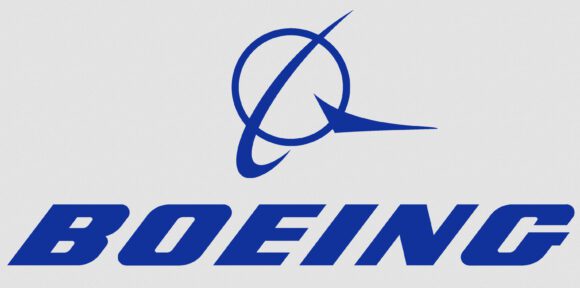Safran reported its 2017 results this week. Revenue of €16.5Bn beat the analyst consensus €16.3Bn. And operating profit at €2.5Bn beat analyst consensus of €2.4Bn.
On the company’s conference call, Safran said it now expects to deliver “at least” 1,100 LEAP engines this year, which is lower than a previous plan for 1,200. Safran’s CEO noted a delivery schedule impact from turbine disc quality. Safran said they expect to be on schedule by mid-2018 because they have not had any technical problems in the past six months.
The narrowbody rate increases proposed by the OEMs to 70 per month are a concern. Mr. Petitcolin said he would be more comfortable making a decision in 2019 rather than today because Safran isn’t sure the supply chain could sustain such a rate. This view is reflected by many people in the industry and was a point of discussion at the recent PNAA event.
The key item for us from this is the recognition that the newest engines, both the LEAP and GTF, are testing materials and technologies under tougher conditions than before. On top of the technical aspects, the demands from Airbus and Boeing are surely a source of intense pressure for the LEAP team. Both the GTF and the LEAP have faced a few hiccups. Because of the rivalry on the A320neo program, the LEAP team and the GTF team give no margin to the other on any potential deal. While LEAP has no competitor on the MAX program, it has to help Boeing on every MAX vs neo campaign, because not every neo will come with a LEAP.
Safran, as a member of the LEAP team, has a multi-sided challenge. Mr. Petitcolin’s low comfort level with a rate increase is well founded. These are not easy times even though the market has exploded with opportunity.
Views: 1




